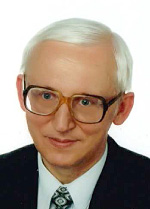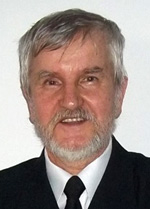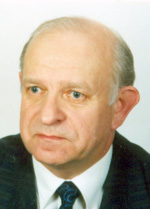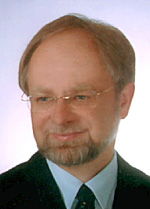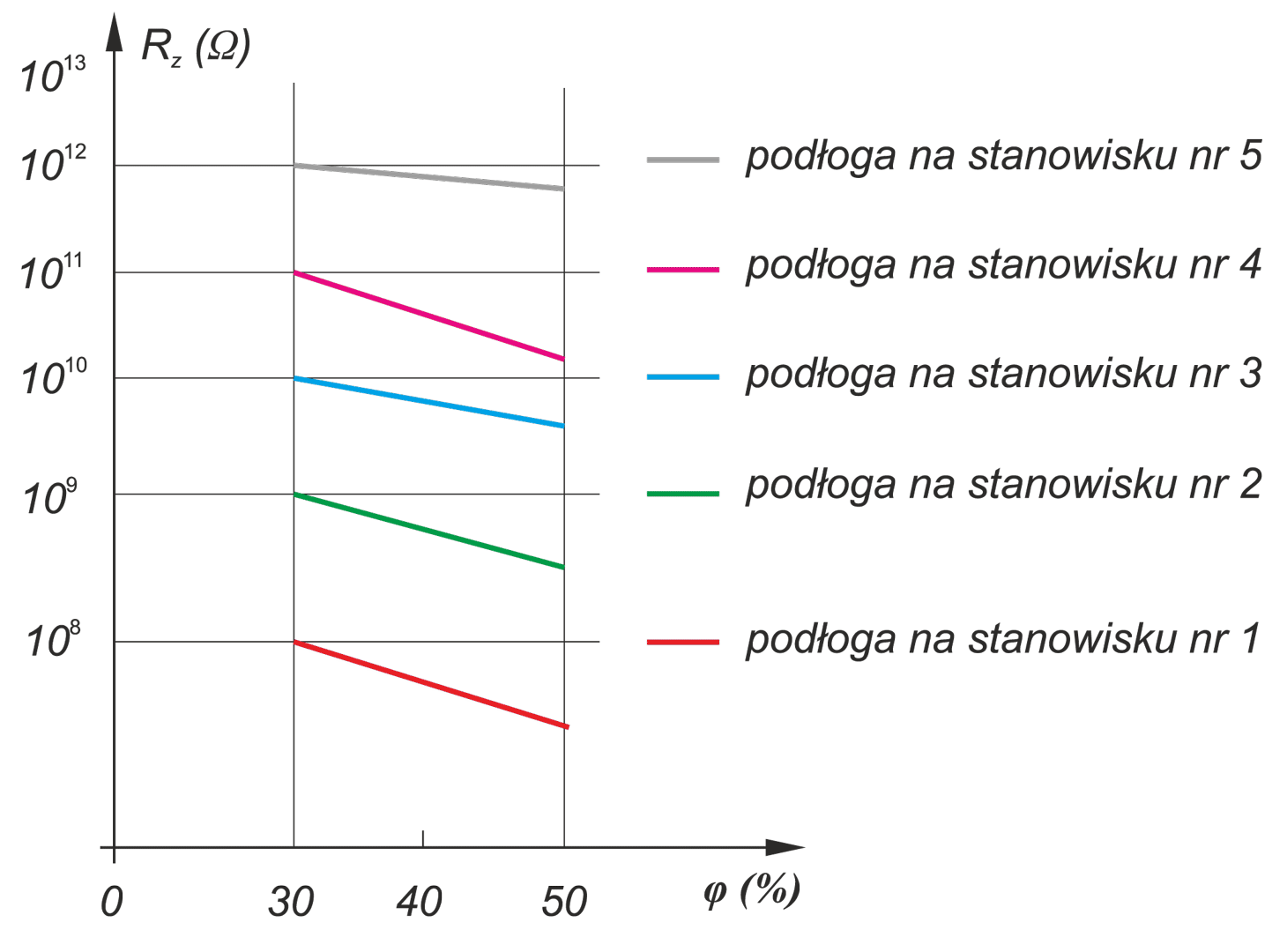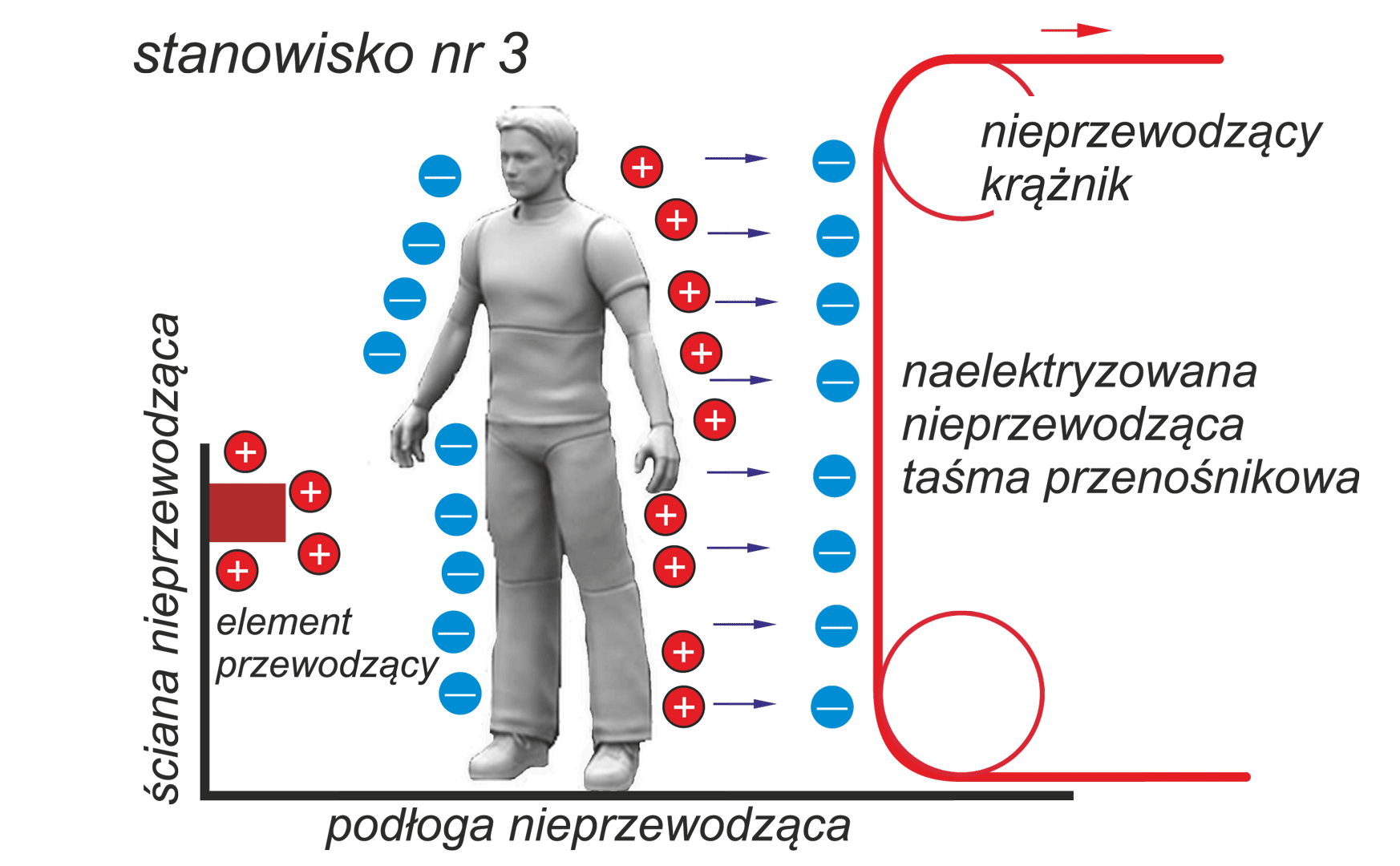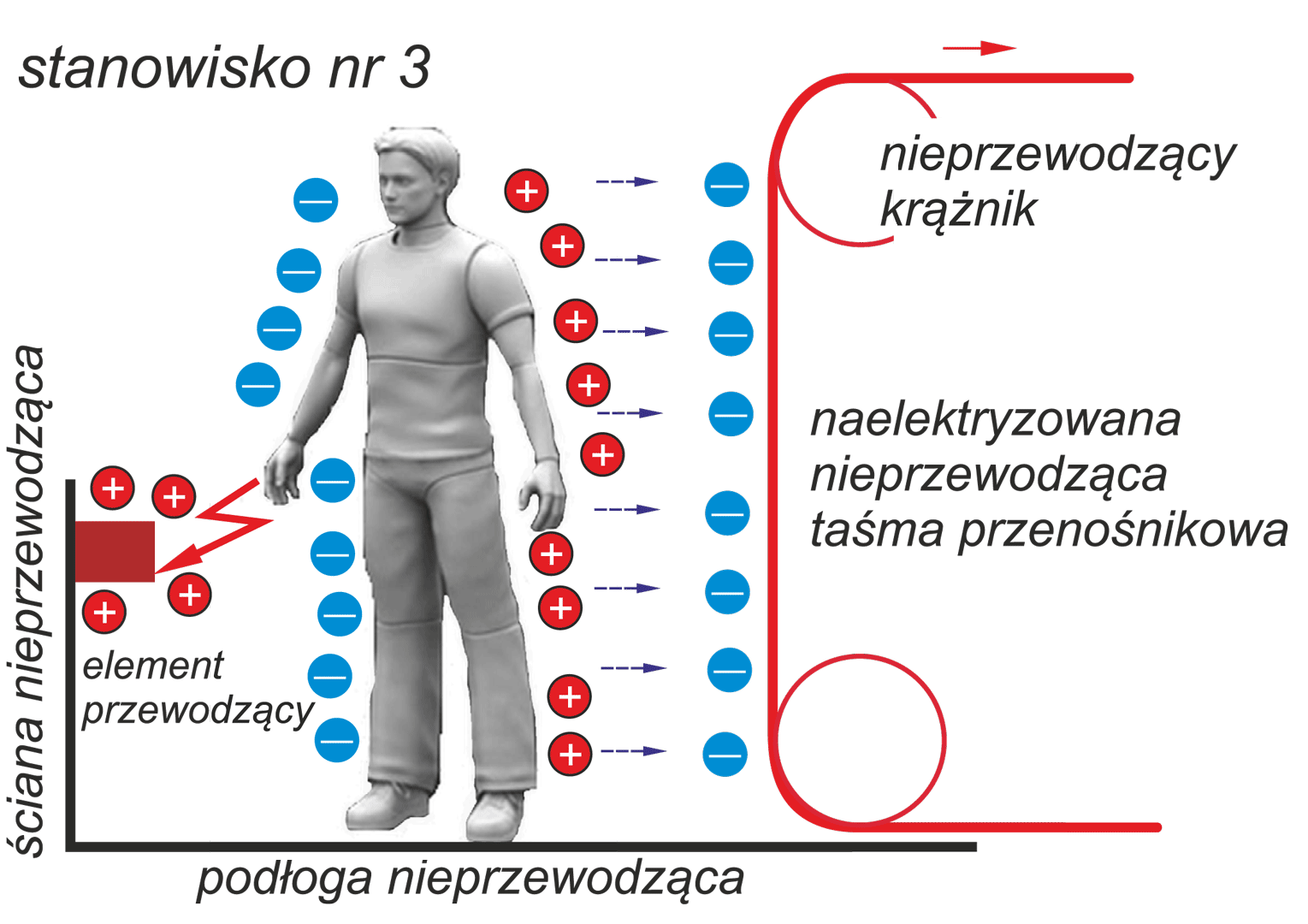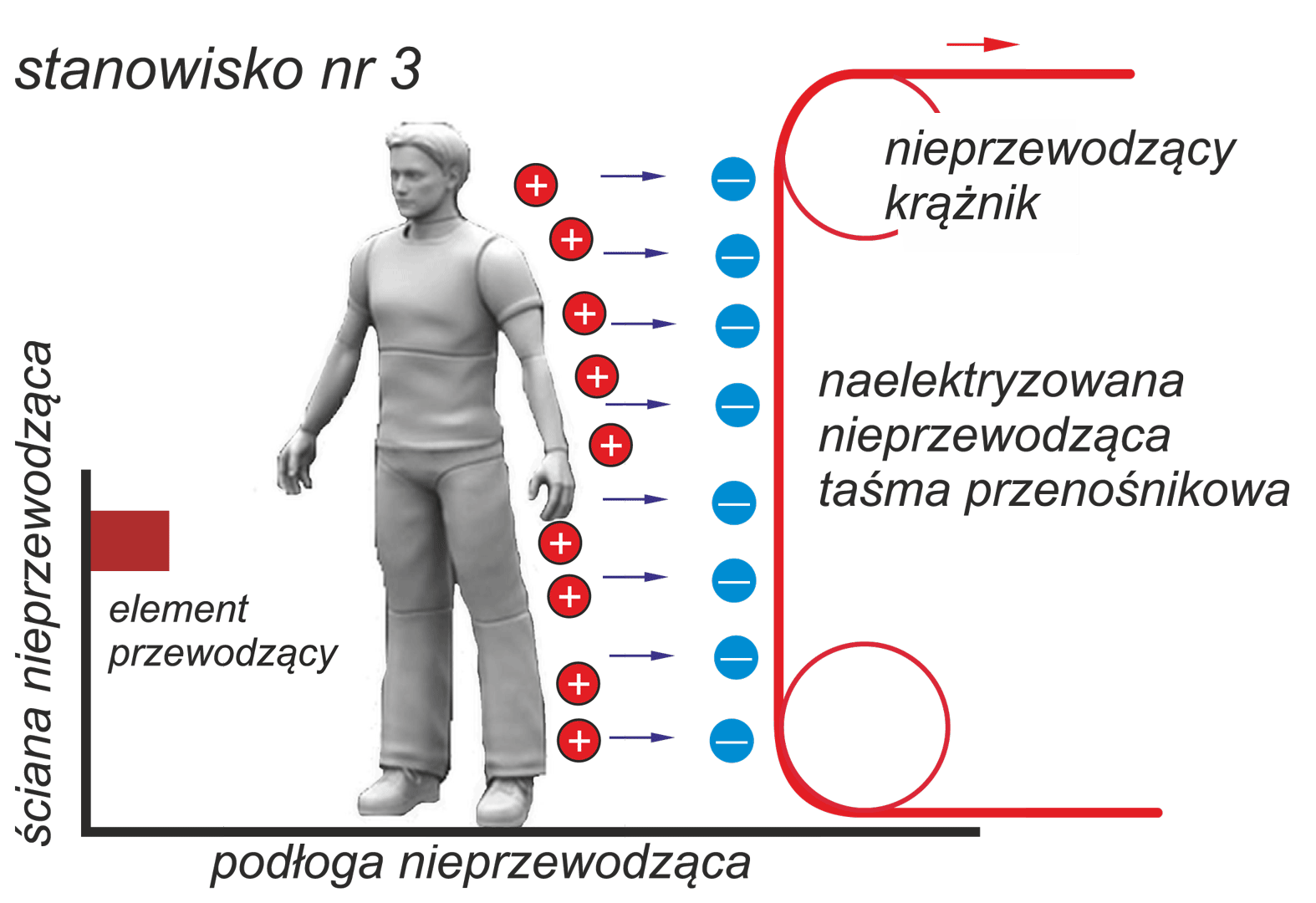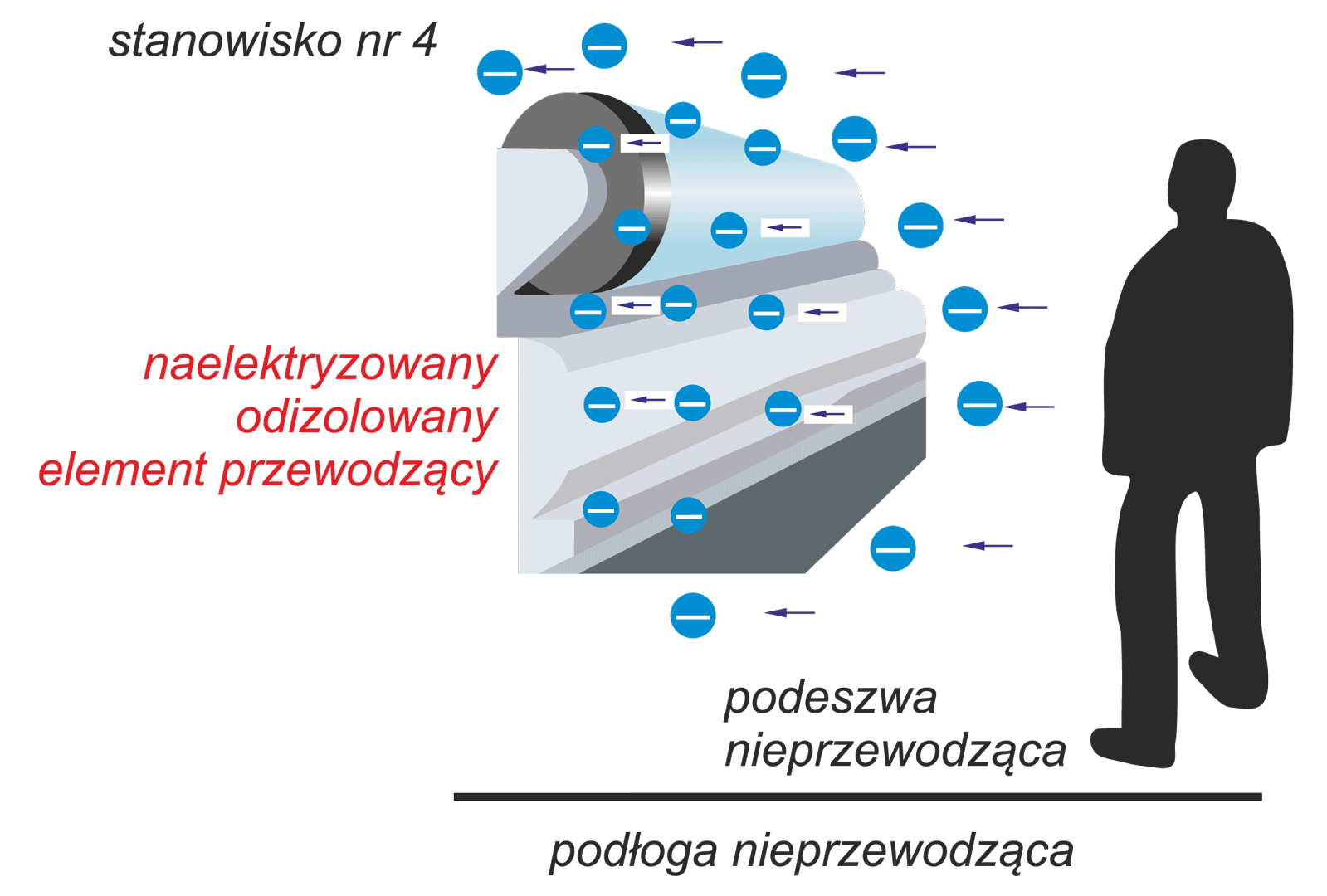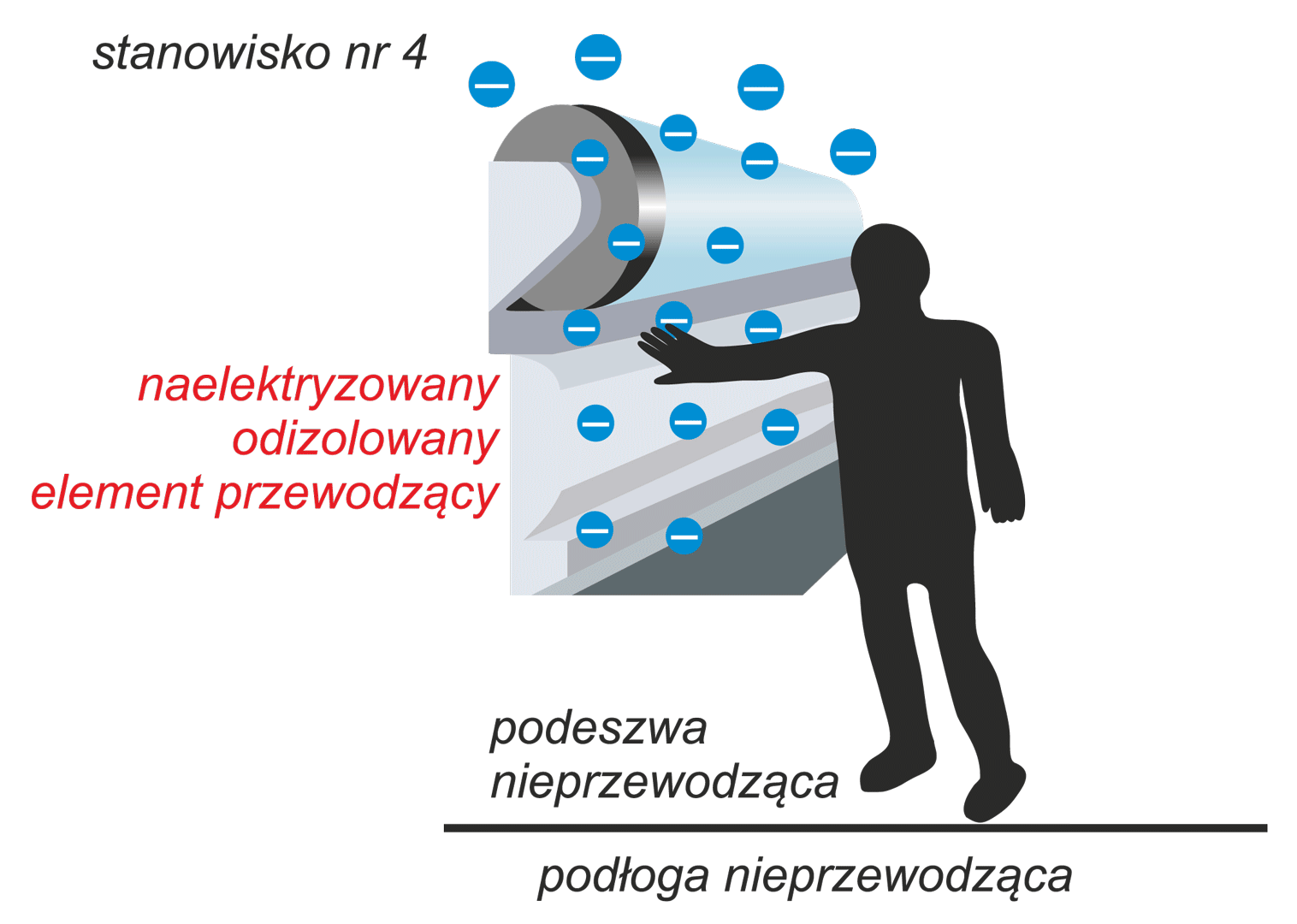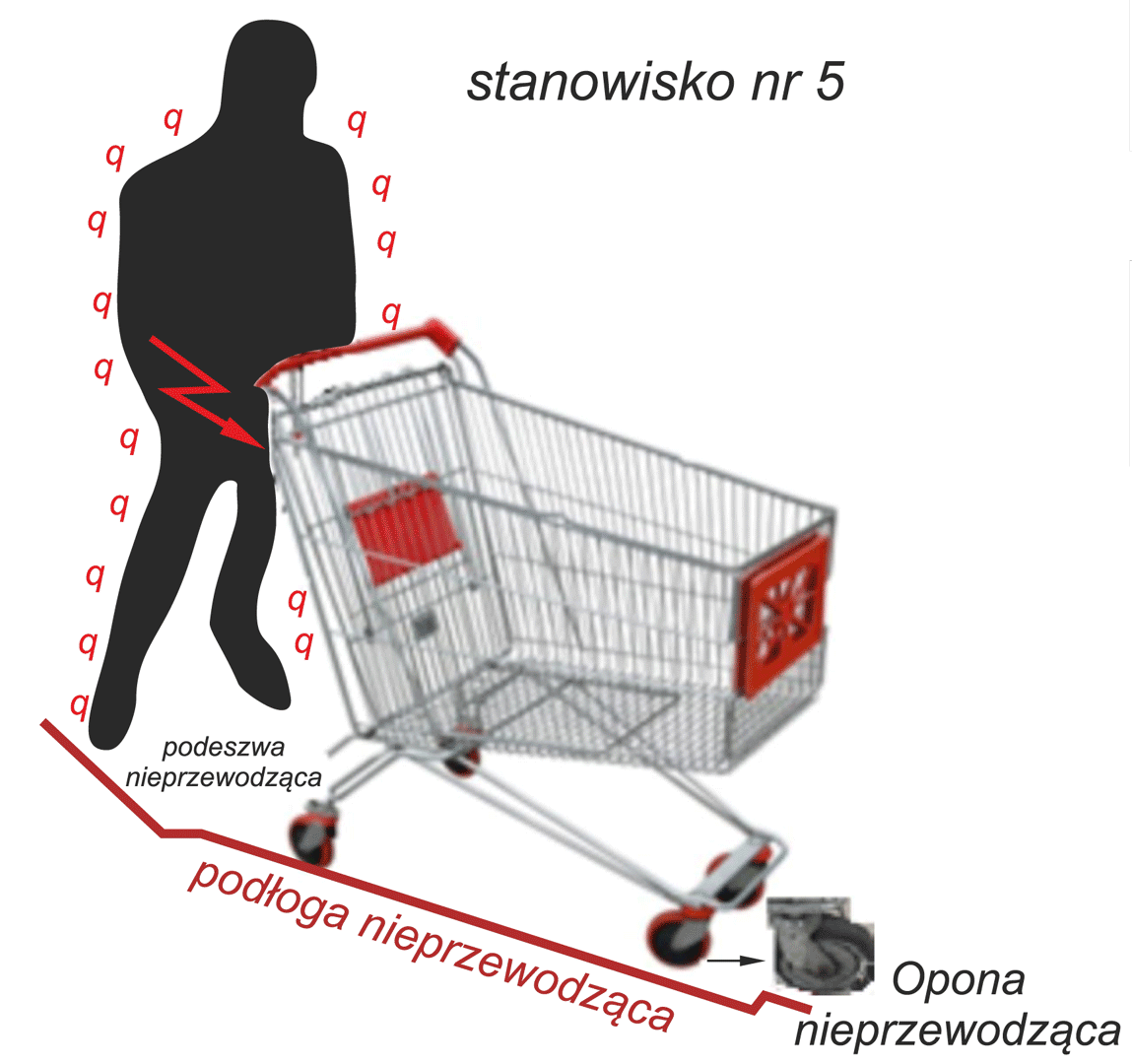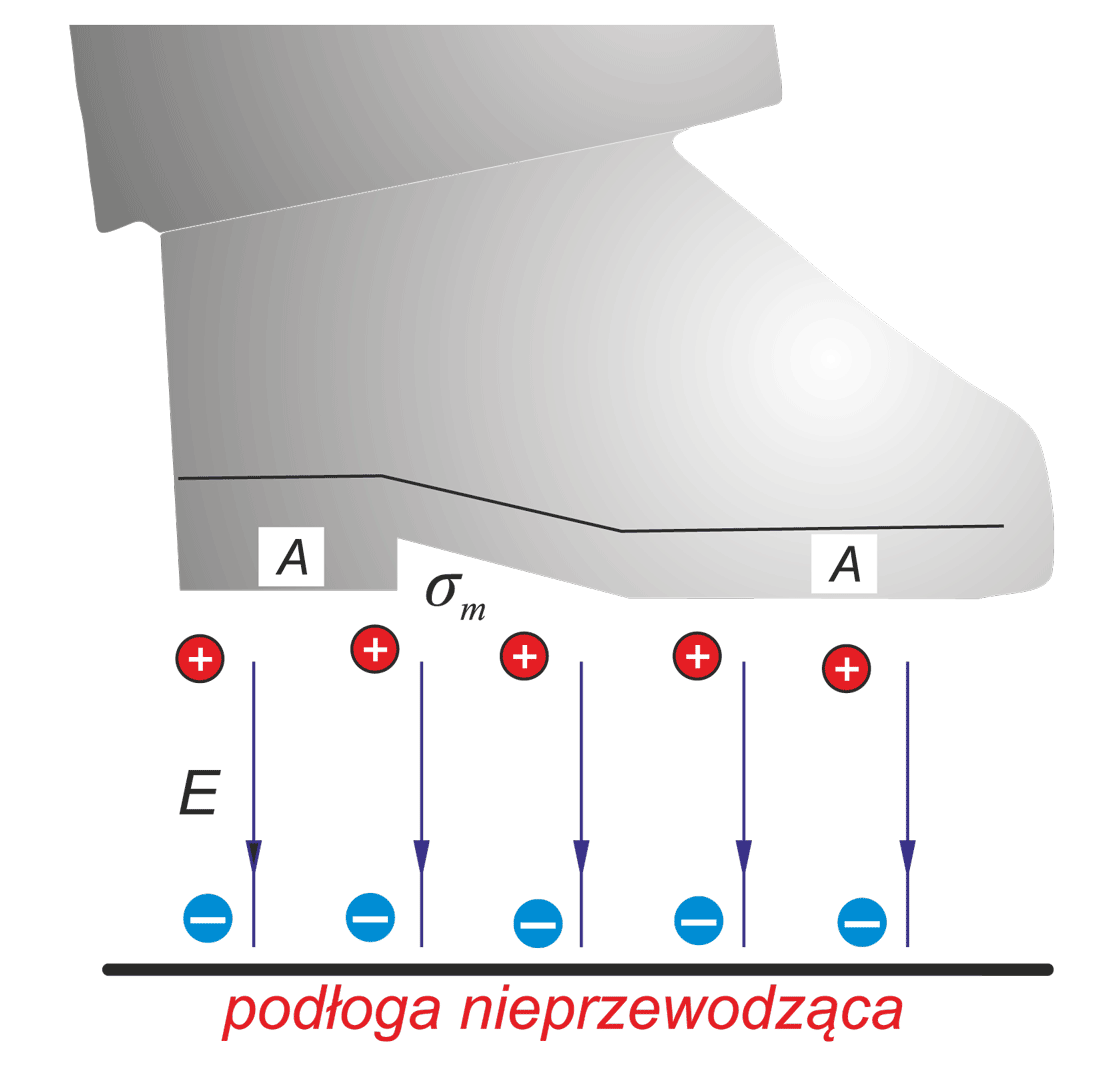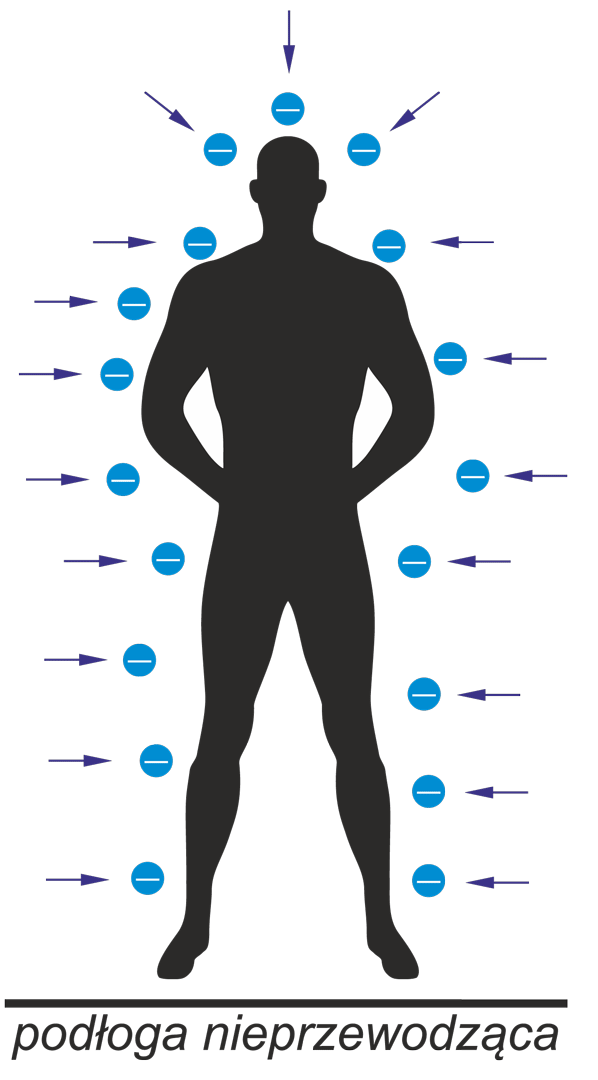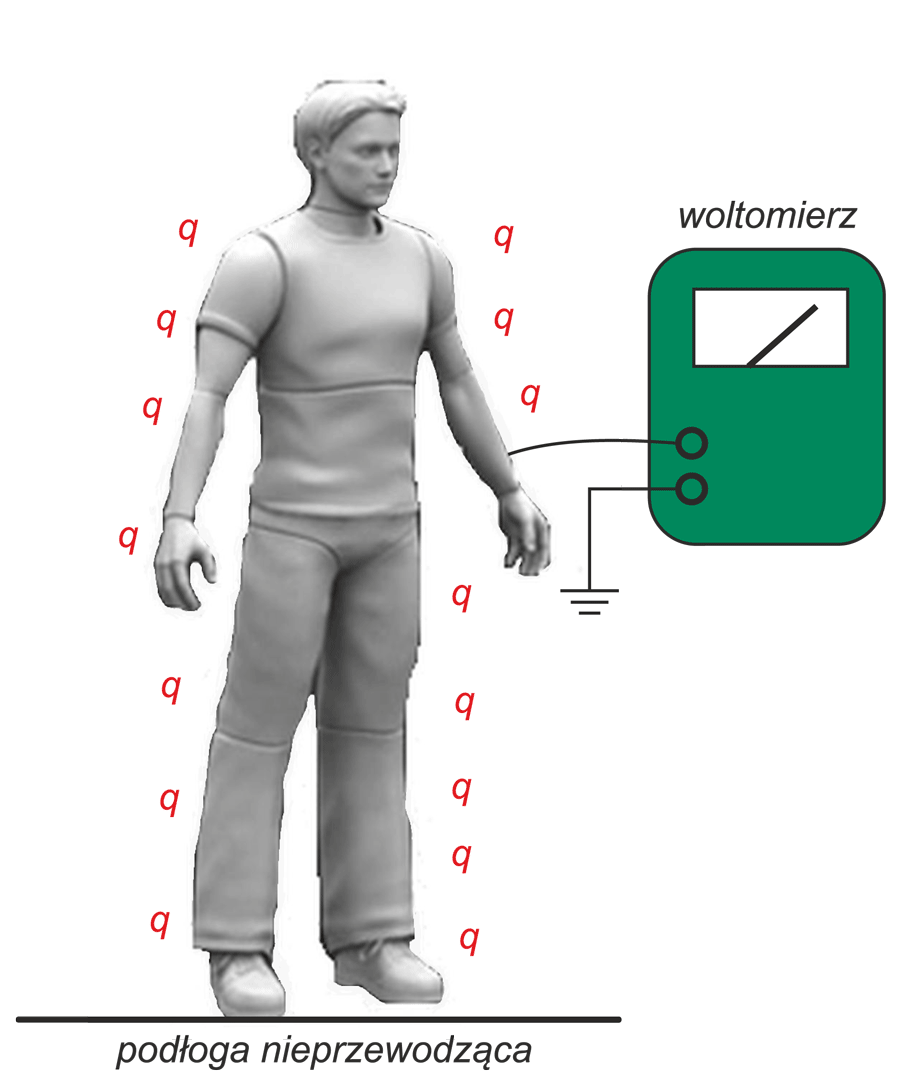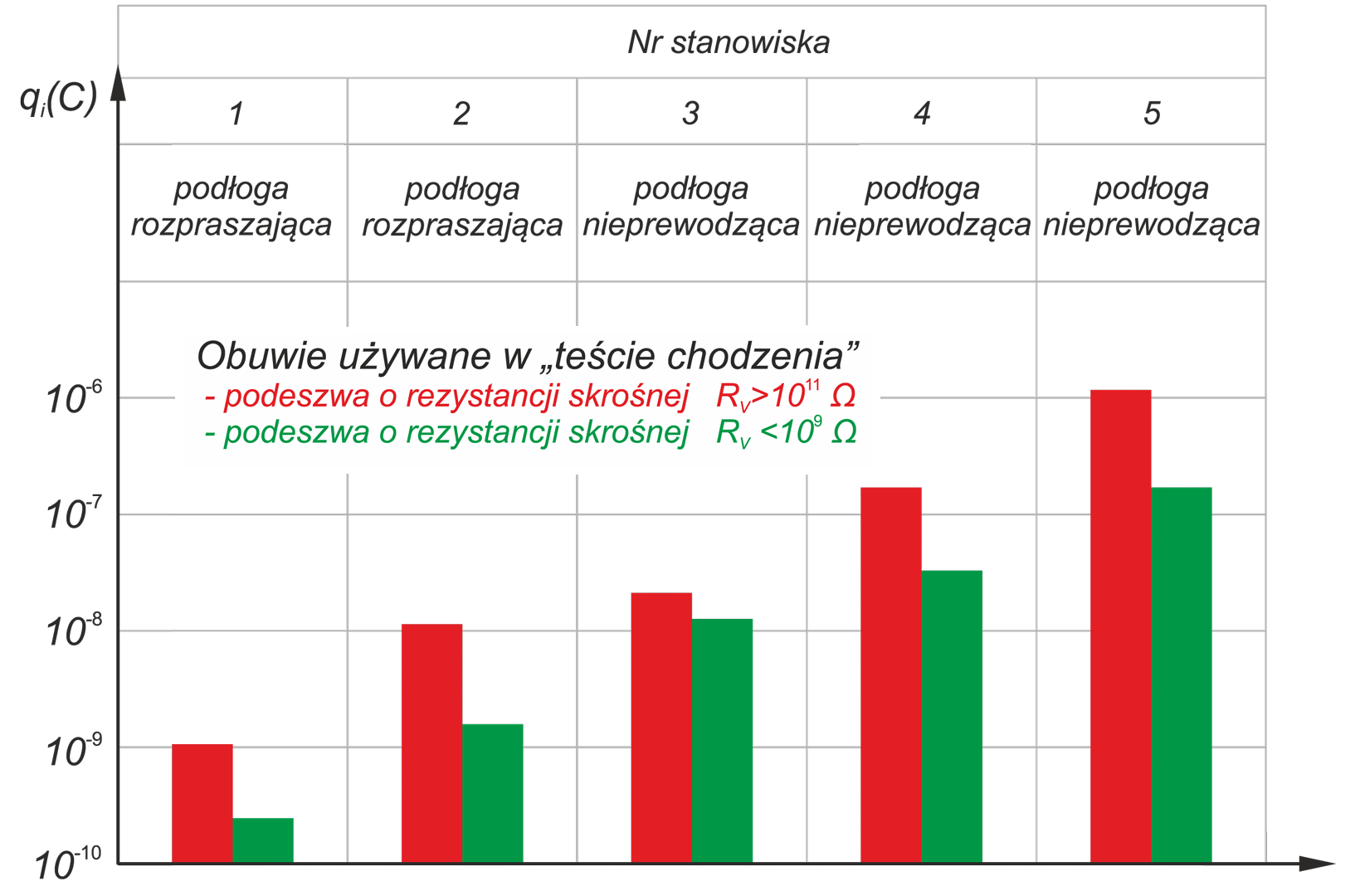E-journal for electrical and electronic engineers
AUTOMATYKA, ELEKTRYKA, ZAKLOCENIA
(AUTOMATICS, ELECTROTECHNICS, DISTURBANCES)
Vol. 6, Nr 4 (22) 2015
Susceptibility of a Human Body to Electrization. Part 2. Electrostatic Charging of a Human Body
Abstract
Electrostatic charging is the phenomenon of electrostatic charge induction closely related to the structure of a material.
The mechanism of the charges may vary, but always involves the sepatation of the negative and positive charges occurring in the material.
This applies both to the free or connected charges. Charge separation depends on their physical isolation and transfer onto material.
Keywords
electrization, charge, electrostatic field
Fig.
Bilbiography
[1] V. Babrauskas: Ignition Handbook, USA 2003.
[2] T. Ficker: Electrification of human body by walking, Journal of Electrostatics, 2006, vol. 64, iss. 1, January, pp. 10–16.
[3] D. William Greason: Quasi-static analysis of electrostatic discharge (ESD) and the human body using a capacitance model, Journal
of Electrostatics, 1995, vol. 35, iss. 4, September, pp. 349–371.
[4] Graham Hearn: Controlling Static Electricity in Modern Buildings, Wolfson Electrostatics 2006.
[5] Yoshihisa Kagawa, Yoshinori Taka, Osamu Fujiwara: Characteristic measurement of spark transients due to finger touch, Journal
of Electrostatics, 2010, vol. 68, iss. 1, February, pp. 1–4.
[6] B. Wiechuła: Charging of Materials Non-Metallic Used in Underground Mines Endangered by Firedamp and/or Coal Dust, Open Journal
of Inorganic Non-metallic Materials, 2013, vol. 3, no. 3, pp. 43–51.
[7] lEC 60079-32-1/TS/A1/Ed1: 2014 Explosive atmospheres – Part 32-1: Electrostatic hazards, guidance.
[8] PN-EN ISO 20344:2012 (wersja polska) Środki ochrony indywidualnej – Metody badania obuwia.
[9] PN-EN 61340-4-1:2006 Elektryczność statyczna – Część 4-1: Znormalizowane metody badań do określonych zastosowań – Rezystancja
elektryczna wykładzin podłogowych i gotowych podłóg.




















